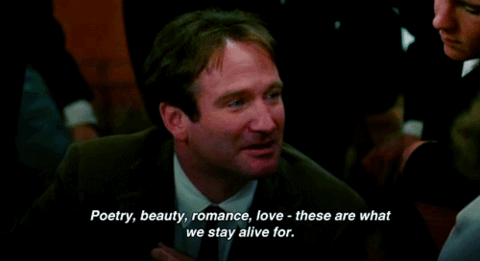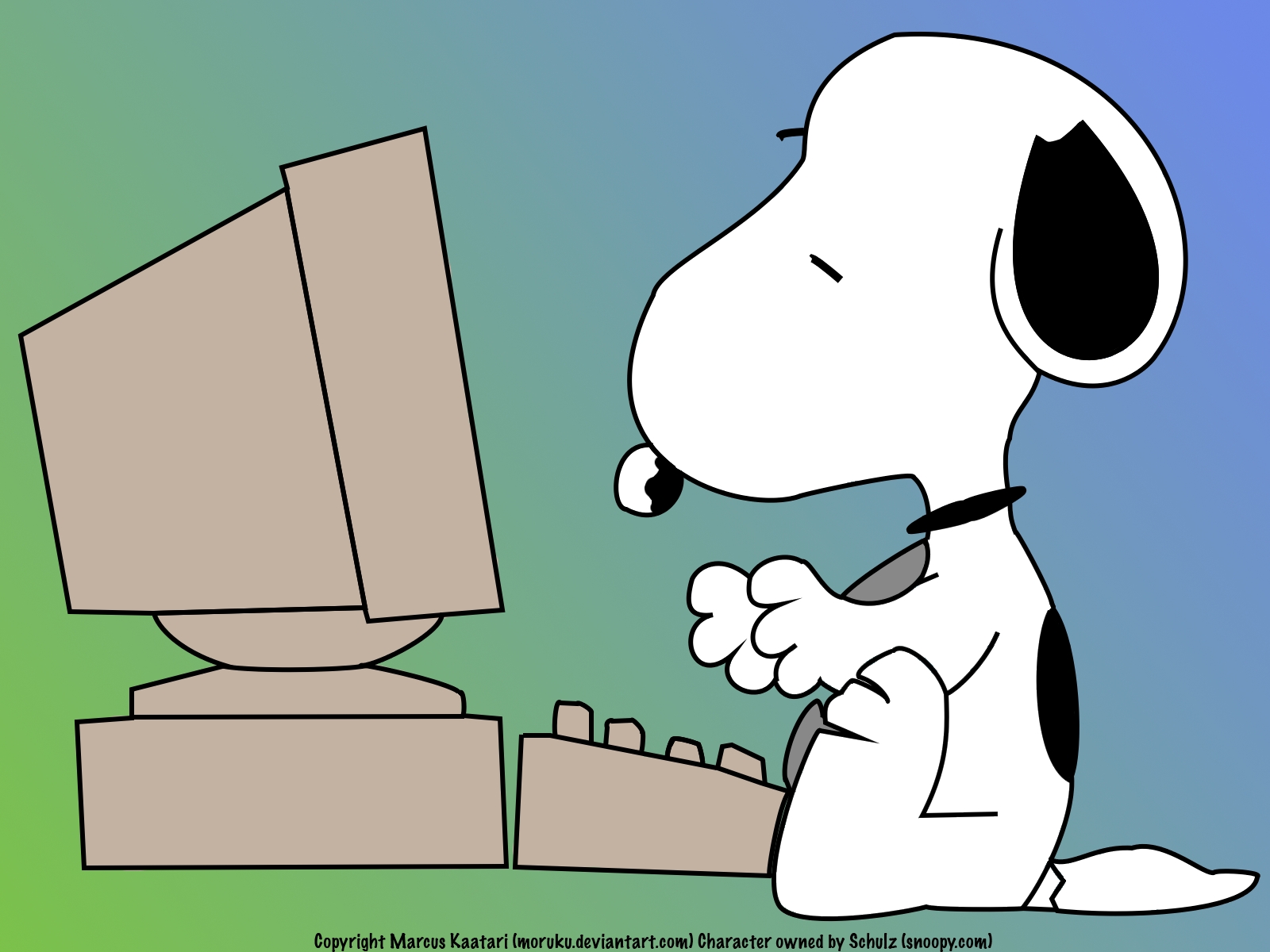"Digital poetry is a conglomeration of forms that combine the semantic sugar of traditional poetry with the strong, lithe protein of binary visual mediums. Digital poems rely on one's attachment to various stimuli, such as the reading of words, the viewing of .gifs, and the sympathizing of man toward nature, to delve into new meanings which stand on the periphery of insights one has already acknowledged, at least on a subconscious level. Digital poetry is both a 'hot' and a 'cold' medium in that it bombards one's senses with information, yet it leaves interpretation largely to audience hands. Digital poems can utilize the visual plane in three and a half dimensions (length, width, time, and some depth), as well as the auditory plane." - Patrick Stahl, defining Digital Poetry for UPJ's new Digital Poetry course
There are many forms of e-poetry (aka "digital poetry"), but all of these forms stick close to this definition. Sure, some poems are hotter or colder than others, but none of them are simple. A spectrum exists for quality digital poems that runs from "traditional poetry with some digital enhancements" to "a digital experience with pretty words." E-poetry is by no means a homogeneous art form. Much of the variety in e-poetry is caused by its nature as a second generation art form. Unlike other second gen forms (e.g. animated cartoons and films), e-poetry has yet to be boxed in by populist pressures.
Leonardo Flores, in his essay "What Is E-Poetry?", describes seven genres (or forms) of e-poetry. These are actually lifted from a book by Christopher Funkhouser titled Prehistoric Digital Poetry. The forms are: generative poetry, code poetry, visual digital poetry, kinetic poetry, multimedia poetry, interactive poetry, and hypertext poetry. Like other so-called genres, these forms can overlap or be bred together for particular poems. Still, it can be useful to understand what these forms are so as to help distinguish the various experiences drawn through e-poetry.
E-poetry, when done well, is stronger than traditional poetry, while maintaining at least most of its beauty. Theme, imagery, and emotion are still important elements taken from its non-digital parent.
The incorporation of digital processes allows for interactivity, motion, and sound. These attributes aim to improve upon traditional forms, though when implemented poorly, they can disrupt rather than embellish. In certain cases, it is the traditional poetry that is blended into the electronic. The same risks are taken here.
In the same way that animated cartoons transformed comic strips, e-poetry has transformed traditional poetry. The comic strip was not replaced by animation, but it was outmuscled. While the Peanuts comic strip may be consumed more on a weekly basis, it is the Charlie Brown holiday specials that many Millennials hold dear. What the animated cartoons lose in spirit by their transition from newspaper to television they make up for in visual rapture and a truer representation of life as we experience it (at least when we aren't knee-deep in a comics page, comic book, or graphic novel).
Unlike the transition of the novel to film (though similar to adaptions of short stories or Biblical passages), digital poetry can expand the structure of traditional poetry. While the epic poem shows digital poetry who wears the big boy pants in the family in almost all instances, the average digital poem is a more substantial experience than the average traditional poem. That is not to say that short traditional poems cannot sometimes give their digital cousins a run for their money where depth of meaning is concerned. Digital poems can fall flat quite easily and are always at risk of feeling gimmicky. In a world of trade-offs for art, neither form can be said to be superior to the other as a general rule.
Only time can tell how e-poetry will fare compared to its first generation parents. Thus far, adoption by the masses has been limited, starkly contrasting the historical rush to consume cartoons and films. The gavel is yet high in the air.
Writer: Patrick Stahl
Editor: Molly Verostick
Imagery: Morgan Gleixner
Hypertextuals: Zack Tokosh


No comments:
Post a Comment